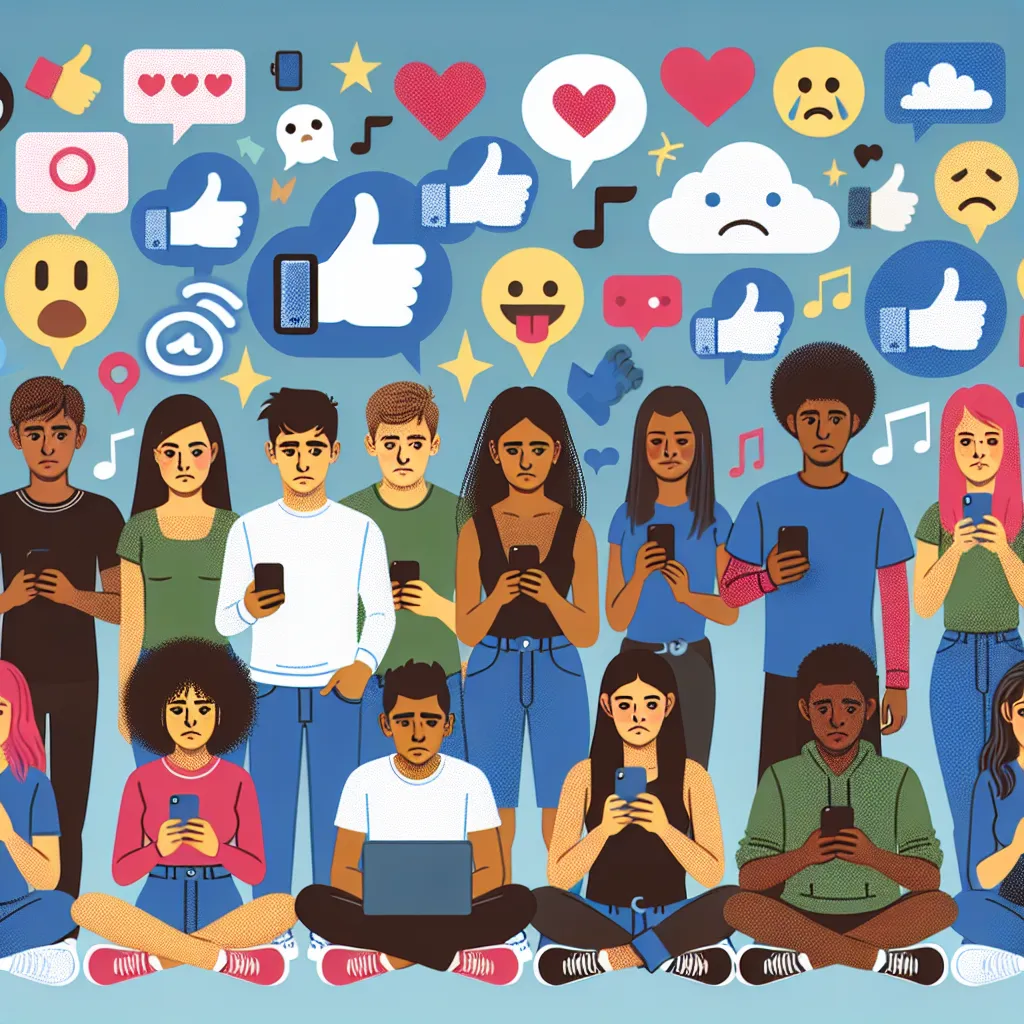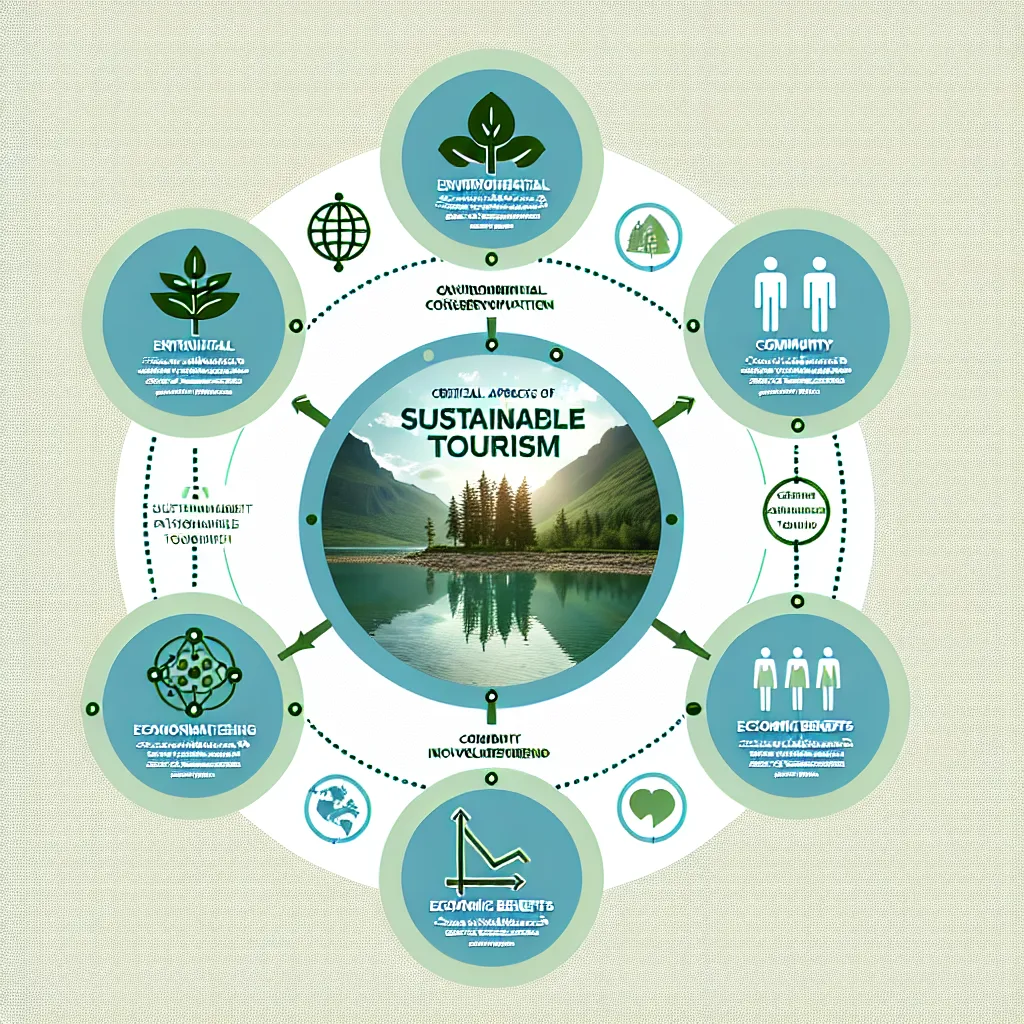Social media’s influence on youth culture has become an increasingly prevalent topic in IELTS Writing Task 2 exams. Based on recent trends and past exam questions, it’s highly likely that this theme will continue to appear in future tests. Let’s explore a relevant question that has been featured in past IELTS exams and provide sample essays to help you prepare effectively.
Nội dung bài viết
Analyzing the Question
Some people think that social media has a negative impact on young people’s lives, while others believe it can have positive effects. Discuss both views and give your own opinion.
This question asks you to examine both positive and negative aspects of social media’s impact on youth. It’s crucial to address both sides of the argument and clearly state your own perspective.
Sample Essay for Band 8-9
Here’s a high-scoring sample essay that effectively addresses the question:
Social media has become an integral part of young people’s lives, sparking debates about its effects. While some argue that it negatively impacts youth, others believe it offers significant benefits. In my opinion, social media has both positive and negative aspects, but its benefits outweigh its drawbacks when used responsibly.
On one hand, critics argue that social media can have detrimental effects on young people. Excessive use of platforms like Instagram and TikTok can lead to decreased face-to-face interactions, potentially hindering the development of crucial social skills. Moreover, the constant exposure to curated, idealized versions of others’ lives may contribute to feelings of inadequacy and low self-esteem among youth. Additionally, cyberbullying has emerged as a serious concern, with the anonymity of online spaces sometimes fostering cruel behavior.
On the other hand, proponents argue that social media offers numerous advantages for young people. These platforms provide unprecedented opportunities for global connectivity, allowing youth to engage with diverse cultures and perspectives. Social media also serves as a powerful tool for self-expression and creativity, enabling young people to share their ideas and artistic endeavors with a wide audience. Furthermore, it can be an invaluable resource for education and information sharing, with many young people using platforms like YouTube for tutorials and academic support.
In my view, while the potential negative impacts of social media should not be ignored, its benefits are substantial when used mindfully. The key lies in educating young people about responsible digital citizenship and promoting a balanced approach to social media use. By fostering critical thinking skills and encouraging real-world connections alongside online interactions, we can help youth harness the positive aspects of social media while mitigating its risks.
In conclusion, social media’s impact on young people is complex and multifaceted. While it poses certain challenges, its potential for fostering connectivity, creativity, and learning is significant. By promoting responsible use and digital literacy, we can help ensure that social media enhances rather than detracts from young people’s lives.
(Word count: 309)
 Social media impact on youth culture
Social media impact on youth culture
Sample Essay for Band 6-7
Here’s a sample essay that demonstrates writing at the Band 6-7 level:
Social media has become very popular among young people, and there are different opinions about its effects. Some people think it’s bad for youth, while others see it as beneficial. I believe social media has both good and bad sides.
Those who criticize social media say it can harm young people. They argue that teenagers spend too much time online, which can make them less social in real life. Also, seeing perfect lives on Instagram can make young people feel bad about themselves. Cyberbullying is another big problem that can hurt teenagers emotionally.
However, supporters of social media point out its advantages. It helps young people stay connected with friends and family, even if they’re far away. Social media also lets teenagers express themselves creatively through posts, videos, and photos. Many young people also use it to learn new things and find information for school.
In my opinion, social media can be good for young people if they use it carefully. It’s important for parents and schools to teach teenagers how to use social media safely and responsibly. Young people should be encouraged to balance their online time with real-life activities and relationships.
To conclude, social media has both positive and negative effects on youth. While there are risks, I believe the benefits can be significant if young people learn to use these platforms wisely. It’s crucial to help teenagers develop a healthy relationship with social media.
(Word count: 245)
Writing Tips for This Topic
-
Balanced Approach: Ensure you discuss both positive and negative aspects of social media’s impact on youth.
-
Specific Examples: Use concrete examples to illustrate your points, such as mentioning specific social media platforms or describing common scenarios.
-
Personal Opinion: Clearly state your own view, typically in the introduction and conclusion.
-
Cohesive Structure: Use linking words and phrases to connect your ideas smoothly.
-
Varied Vocabulary: Employ a range of vocabulary related to social media and its effects. For higher band scores, use more sophisticated terms and expressions.
Key Vocabulary to Remember
- Digital literacy (noun) /ˈdɪdʒɪtl ˈlɪtərəsi/ – The ability to use digital technology effectively and critically
- Cyberbullying (noun) /ˈsaɪbəˌbʊliɪŋ/ – The use of electronic communication to bully a person
- Global connectivity (noun phrase) /ˈɡləʊbl kənekˈtɪvəti/ – The ability to connect and communicate worldwide
- Self-esteem (noun) /ˌself əˈstiːm/ – Confidence in one’s own worth or abilities
- Digital citizenship (noun phrase) /ˈdɪdʒɪtl ˈsɪtɪznʃɪp/ – The responsible use of technology and online behavior
- Social interaction (noun phrase) /ˈsəʊʃl ˌɪntərˈækʃn/ – The way people communicate and interact with each other
- Content curation (noun phrase) /ˈkɒntent kjʊəˈreɪʃn/ – The process of gathering and presenting online content
- Information overload (noun phrase) /ˌɪnfəˈmeɪʃn ˈəʊvələʊd/ – Exposure to excessive amounts of information
Conclusion
The impact of social media on youth culture is a complex and evolving topic that’s likely to remain relevant in IELTS Writing Task 2. By understanding both the positive and negative aspects of social media’s influence, you’ll be well-prepared to tackle this subject in your exam. Remember to practice writing essays on this topic, considering various perspectives and using the vocabulary provided. You can even share your practice essays in the comments section below for feedback and discussion with other learners.
For further practice, consider writing about related topics such as:
- The role of social media in education
- The impact of social media on mental health
- How social media affects personal relationships among young people
By exploring these related themes, you’ll broaden your understanding and be better equipped to handle a wide range of questions on this important subject. Good luck with your IELTS preparation!
If you’re interested in exploring more IELTS-related topics, you might find these articles helpful:


